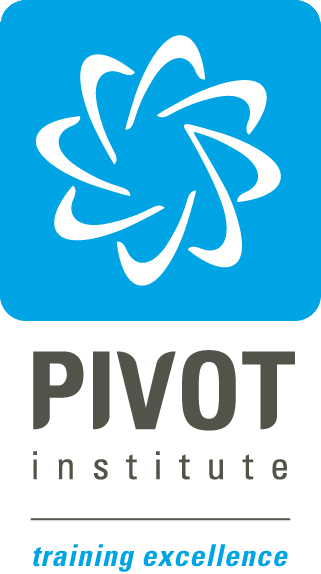What does your body language say about you? At every moment in time the subconscious mind speaks to us through our bodies, in a language that is as refined, systematic, and complete as verbal language. Becoming fluent in body language can help you to think more effectively and increase your awareness of yourself and others.
Your body will react to the communication it receives and it will do what it considers necessary, all on its own. The language displayed by your body is made up by your:
- Pace, rhythm, volume, and location of your breathing
- Posture and balance
- Movement and flexibility of your entire physical structure
- Eye movement, and
- Mood i.e. the electrochemical and muscular processes taking place throughout your system.
Together they speak of the “words” of your body and allow us to make immediate meaning out of our experience prior to a new learning, so it can direct us to communicate with others more effectively.
Make your body language a good habit using the SO CLEAR model, so it always supports your communications:
- S is for the way you sit or stand and use space.
- Open up. Keep an open body posture and gestures.
- C is for how exclusively you centre your attention on the other person.
- L is for how you lean to show attention and apply or reduce pressure.
- E is for eye contact.
- A is for being at ease.
- R is for subtly reflecting the other person’s type of language (formal or informal), body posture and voice tone.
Monitor the other person’s body language, too, particularly any changes that could indicate agreement, disagreement or other emotions.



